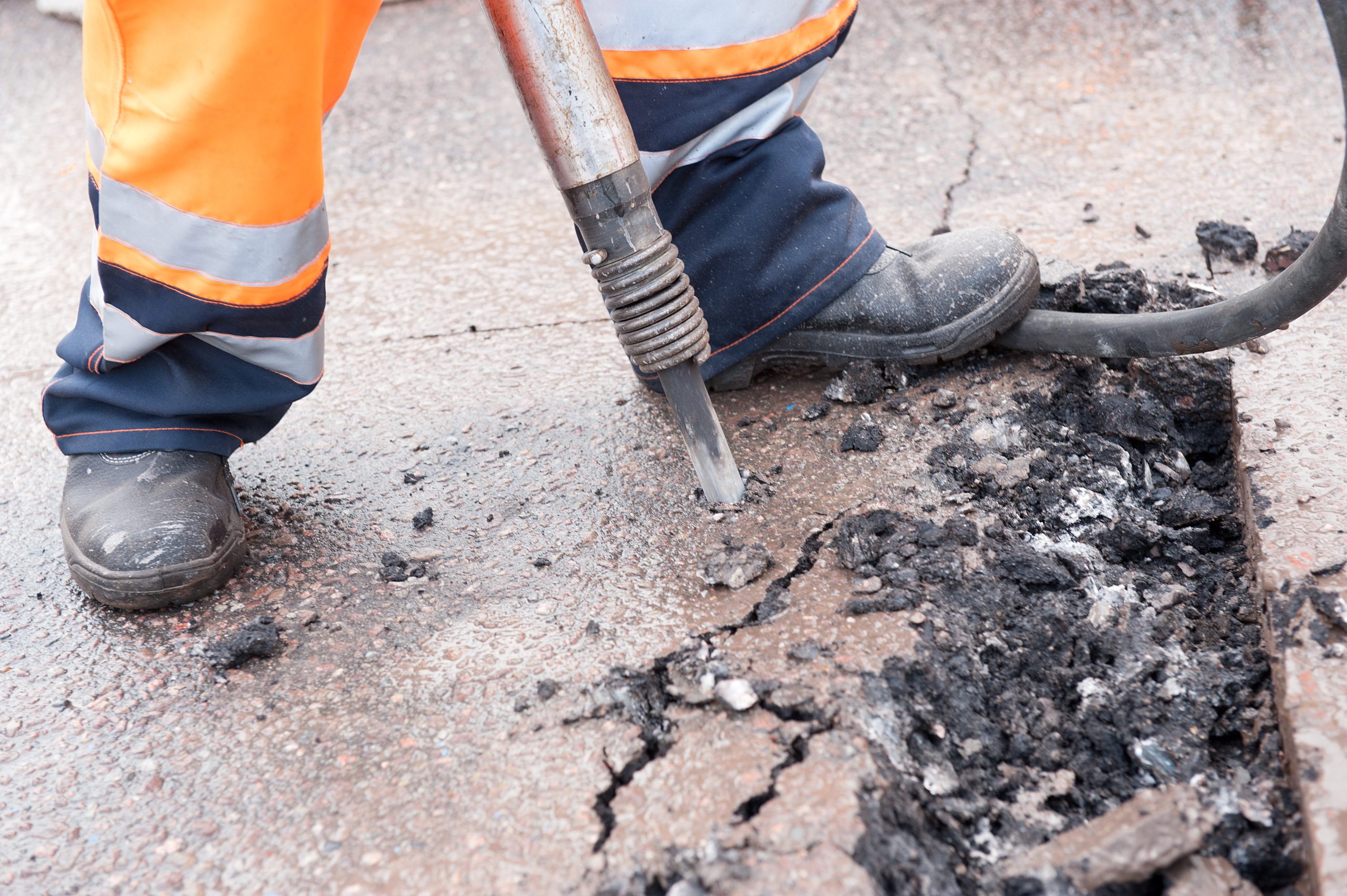
You’re probably across the recent engineered stone ban, but did you know SafeWork Australia has just come out with new rules to further protect workers from crystalline silica found in other building materials? These new rules begin on 1st September this year and apply to all states except Victoria whose rules are already in place.
Crystalline Silica Substances (CSS) include stuff like sand, stone, concrete, and mortar that contain at least 1% crystalline silica. When you cut, crush, drill, polish, saw or grind these materials, they release tiny dust particles called respirable crystalline silica (RCS). These particles are so small they can get deep into your lungs, which can lead to serious health issues, like silicosis—a lung disease.
If silica dust is generated, assess if the work is high-risk. Document this using the handy Form in the HazardCo Hub, and if you determine the work is not high risk, you must explain why. If you’re unsure, assume it is high-risk. When assessing if processing CSS is high risk, consider these factors:
Eliminate or minimise the risks from processing the CSS as much as possible and use at least one of the following measures during the processing:
If workers are still at risk of being exposed to silica dust after you’ve put one or more of the above controls in place they need to be provided with respiratory protective equipment (RPE) and wear the respiratory protective equipment while the work is carried out.
Avoid high-risk tasks when possible. If unavoidable, create a silica risk control plan outlining tasks, risks, and controls. This plan must be developed with workers, shared with them before starting work, and regularly reviewed for effectiveness.
What needs to be in a silica risk control plan?
Keep it simple and easy to understand—no need for lengthy explanations.
We suggest using the SWMS tool in the HazardCo App if the processing creates a contaminated atmosphere or involves high-risk construction work. Just ensure all the Silica Control Plan requirements are covered.
Ensure that any worker involved in or at risk of RCS exposure due to high-risk CSS processing receives crystalline silica training. This training must be nationally accredited or approved by the WHS regulator and should cover health risks and the correct use of control measures.
Conduct air monitoring if you’re unsure whether silica levels exceed the Workplace Exposure Standard (WES) or need to assess if there are health risks from RCS processes. Hire a certified expert like an occupational hygienist, to perform the monitoring and ensure it meets standards. If levels exceed limits, report it to the Regulator within 14 days. Keep records for 30 years and make them available to affected workers.
Provide health monitoring for workers at significant risk from ongoing silica exposure, including those near high-risk processing. Keep records for 30 years and give a copy to the worker.
Regularly review safety measures, especially after workplace changes.
If you need guidance, reach out to our advisory team at 1800 954 702 for assistance.